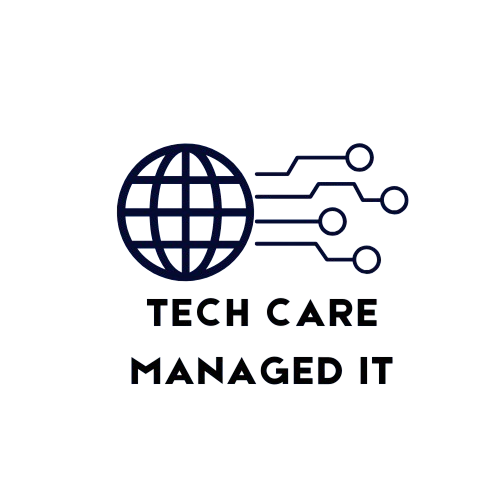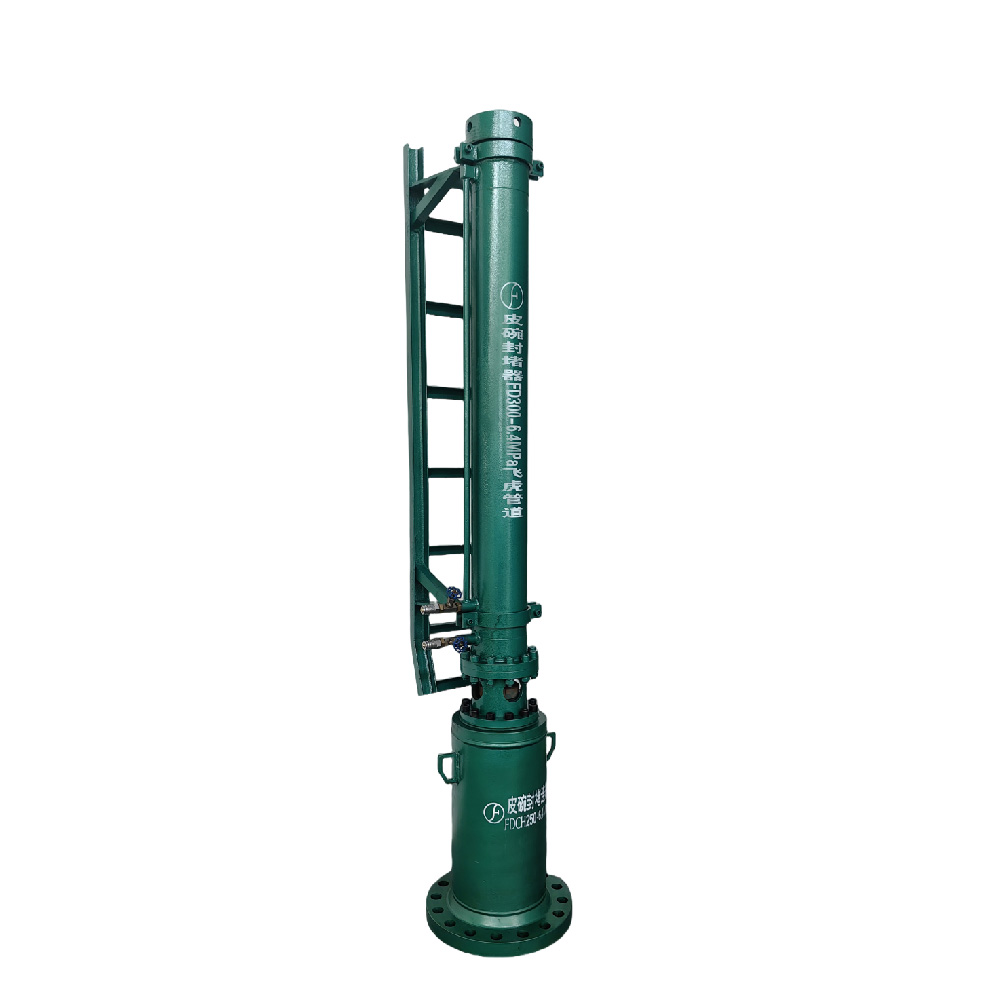Aligning infrastructure strategy with business goals is crucial for any organization seeking sustainable growth and competitive advantage. A well-aligned infrastructure ensures that technology, facilities, and processes support the overall vision of the company rather than acting as separate, disconnected elements. In this blog, Innerworks International explores how businesses can successfully align their infrastructure strategies with their core objectives to drive efficiency, scalability, and long-term success.
What is Infrastructure Strategy?
Infrastructure strategy refers to the comprehensive plan for managing an organization’s foundational systems—such as IT networks, data centers, physical facilities, and operational frameworks—that support business activities. Unlike reactive planning, which addresses issues as they arise, strategic infrastructure planning anticipates future needs and aligns resources accordingly. Many businesses face challenges when their infrastructure functions in isolation from their business goals, often leading to wasted investments and missed opportunities. Innerworks International emphasizes the importance of a cohesive infrastructure strategy to avoid these pitfalls.
Why Alignment Matters: Business Goals and Infrastructure
The alignment of infrastructure strategy with business goals yields several significant benefits. Cost optimization occurs when resources are allocated based on strategic priorities rather than ad hoc decisions. Operational efficiency improves as infrastructure supports streamlined processes. Scalability and agility become possible when infrastructure adapts quickly to evolving market demands. This alignment also creates a competitive advantage by enabling faster innovation. Innerworks International regularly helps clients realize these benefits through customized infrastructure planning aligned with their unique goals.
Steps to Align Infrastructure Strategy with Business Objectives
Understand Your Business Goals
The first step is to clearly understand your organization’s short-term and long-term business objectives. This involves gathering input from stakeholders across departments to identify core drivers such as market expansion, customer experience enhancement, or cost reduction. Innerworks International works closely with leadership teams to define these priorities as the foundation for infrastructure alignment.
Assess Current Infrastructure Capabilities
Next, conduct a thorough audit of your existing infrastructure to identify strengths, gaps, and inefficiencies. This assessment helps pinpoint areas that may hinder business growth or create bottlenecks. Innerworks International employs comprehensive evaluation techniques to provide a clear picture of current capabilities versus business needs.
Develop a Scalable and Flexible Infrastructure Plan
An effective infrastructure plan must be scalable and flexible to accommodate future growth and changing technologies. Whether leveraging cloud solutions, hybrid environments, or modular hardware, the focus should be on adaptability. Sustainability and future-proofing are key considerations. Innerworks International designs infrastructure blueprints that anticipate business evolution and technological advancements.
Integrate IT and Business Planning
For alignment to be successful, IT leaders such as CIOs or CTOs must be fully integrated into the business planning process. Cross-functional collaboration between IT, finance, operations, and business units ensures infrastructure decisions support overarching goals. Innerworks International fosters this integration by facilitating communication and strategic alignment workshops.
Establish Metrics and KPIs
To measure the effectiveness of infrastructure investments, establish clear metrics and key performance indicators (KPIs) that reflect business outcomes. This might include return on investment (ROI), uptime, system responsiveness, or user satisfaction. Innerworks International helps organizations define and track KPIs that tie infrastructure performance directly to business success.
Common Challenges and How to Overcome Them
Many organizations face challenges such as dealing with legacy systems, budget constraints, and resistance to change within teams. Technical debt can limit flexibility, while limited budgets restrict upgrades. Change management is essential to overcome internal resistance, and ongoing training helps close skill gaps. Innerworks International provides expert guidance on navigating these hurdles through tailored strategies and support.
Tools and Technologies That Support Strategic Alignment
Modern tools play a vital role in aligning infrastructure with business goals. Cloud platforms like AWS, Azure, and Google Cloud enable scalable solutions. Infrastructure as Code (IaC) streamlines deployment and maintenance. Automation and monitoring tools enhance reliability and responsiveness. Agile and DevOps frameworks improve project delivery and adaptability. Innerworks International leverages these technologies to build aligned, efficient infrastructure systems.
Best Practices for Ongoing Alignment
Alignment is not a one-time effort but an ongoing process. Regular strategic reviews ensure the infrastructure adapts to evolving business priorities. Continuous improvement cycles foster innovation and agility. Creating a culture that embraces change and cross-department collaboration is critical. Innerworks International advocates these best practices and supports organizations in maintaining alignment over time.
Takeaway
Aligning infrastructure strategy with business goals is essential for organizations aiming to thrive in today’s dynamic environment. A strategic approach results in optimized costs, improved efficiency, and scalable growth. With the expert guidance of Innerworks International, businesses can overcome challenges, leverage modern tools, and sustain alignment to achieve their vision.











